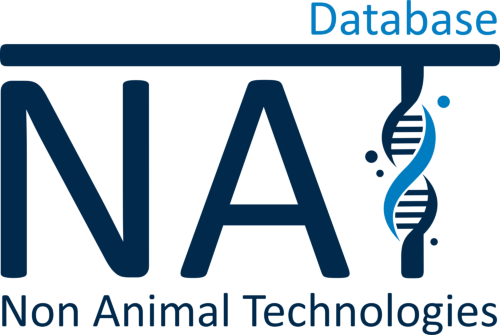Expression of tissue compatibility marker analysed in grafted patients
December 2014
Fred Hutchinson Cancer Research Center, Seattle, USA
The transplantation barrier is defined by the HLA genes that are responsible for tissue histocompatibility. Mismatching of HLA-C for allotypes between patients and unrelated donors generally leads to very high risks of acute graft-versus-host disease (GVHD) and mortality after hematopoietic cell transplantation. Clinicians lack criteria for donor selection when HLA-C-mismatched donors are a patient’s only option for cure. Recently, the range of expression across HLA-C allotypes has been elucidated through the measurement of characteristic median fluorescence intensity (MFI) of cell surface expression. In the present study, the researchers used MFI to retrospectively analyze 1975 patients who had received a hematopoietic cell transplant. The association of outcome with the level of expression of patients’ and donors’ HLA-C allotypes was evaluated in multivariable models. The study showed that increased expression level of the patients’ mismatched HLA-C allotype was associated with increased risks of grades III to IV acute GVHD, nonrelapse mortality, and mortality. The immunogenicity of HLA-C mismatches in unrelated donor transplantation is influenced by the expression level of the patient’s mismatched HLA-C allotype. HLA-C expression levels provide new information on mismatches that should be avoided and extend understanding of HLA-C-mediated immune responses in human disease.
HLA-C expression levels define permissible mismatches in hematopoietic cell transplantation
Effie W. Petersdorf
Added on: 09-19-2021
[1] https://ashpublications.org/blood/article/124/26/3996/33682/HLA-C-expression-levels-define-permissible[2] https://data.jrc.ec.europa.eu/dataset/c1c15110-2338-422e-a228-d3f8e19262c3





